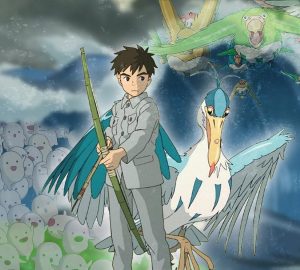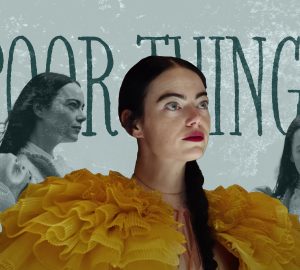In much fanfare, the dark fairy Maleficent returned to the silver screen in the titular movie sequel, which premiered in the United States on Oct. 18.
The follow-up to the 2014 movie “Maleficent” starring Angelina Jolie, this time with the added star power of Michelle Pfeiffer, was expected to open with $45 million domestically, but it fell short of the mark at only $36 million. Many attribute it to the five years between the original and the sequel, but critics’ reviews of “Maleficent: Mistress of Evil” suggested another problem: according to the New York Times, the sequel is “unhappy,” “reactionary” and overall just not good.
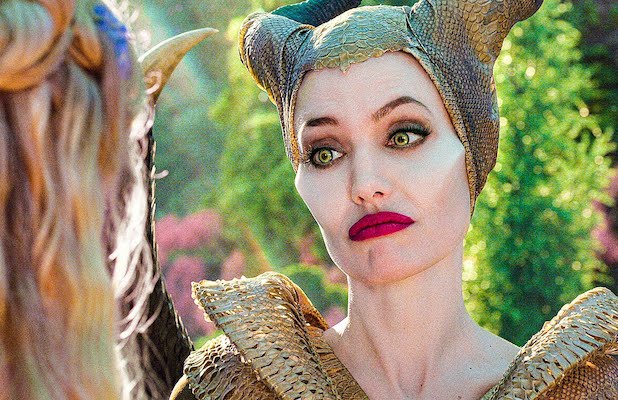
“Maleficent: Mistress of Evil” is certainly not the first sequel to get bad reviews. In recent years, while some movies like “Finding Dory,” “Avengers: Endgame” and “Incredibles 2” came out to near-universal adoration, there have also been those who came noisily to the theaters only to get crucified by critics (examples of “Godzilla: King of the Monsters” or “Fantastic Beasts: The Crimes of Grindelwald” came to mind.)
Stephens Lucas, a film and TV professor at SCAD, said, “Some sequels that are part of a trilogy, like ‘Lord of the Rings’ or ‘Ghostbusters 2’ have lived up to the originals. Why some of them are bad — my speculation is that someone wants to make a sequel before there’s a script.”
It is no secret that studios favor sequels because of the ready fanbase and name recognition they offer — the creative and financial investments that went into the first movie continue to pay off and draw dedicated audience to the cinema, a hard thing to do with such low cinema attendance nowadays.
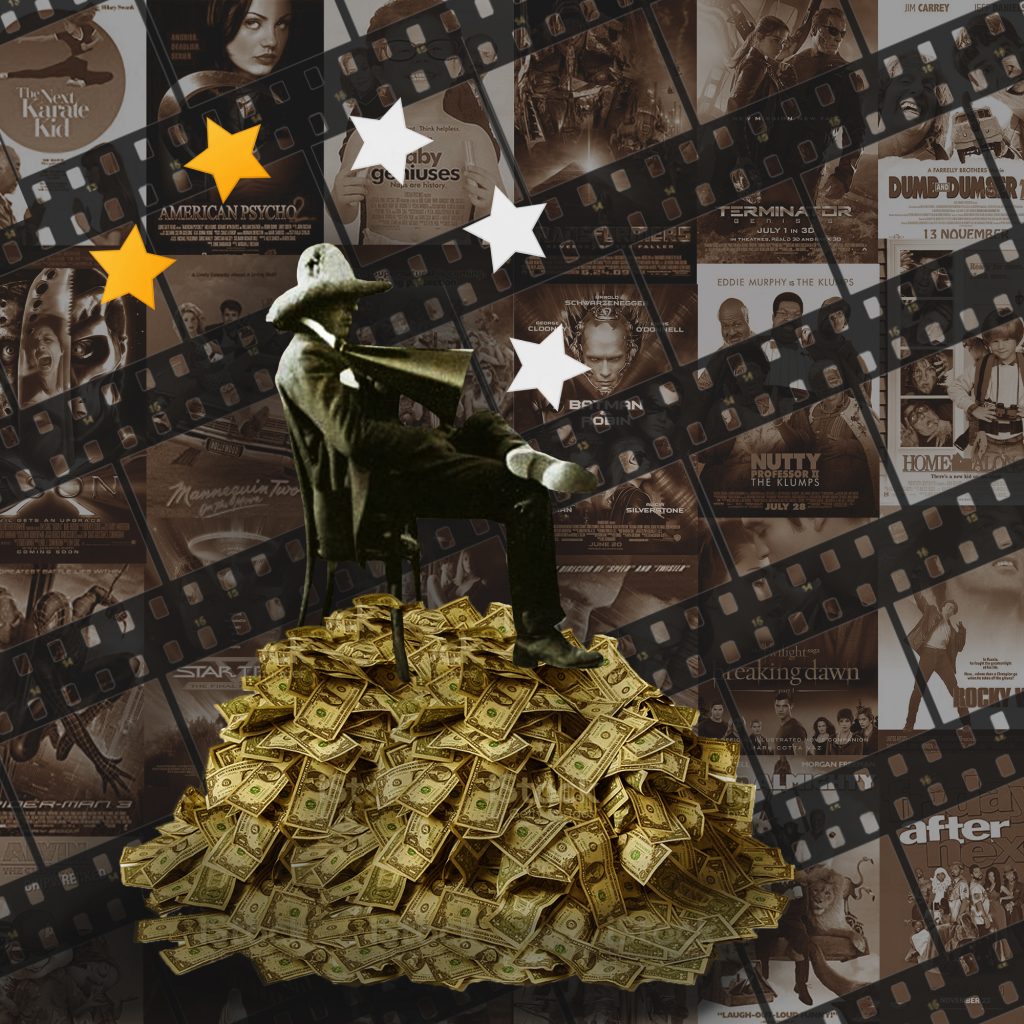
Making movies into franchise has been a trend 40 years in the making. In the past decade, they have been dominating summer films more than ever before, and more than 50 percent of movies going back four decades have been made into franchises. One can easily hear the discontent grumbling of moviegoers and critics about this percentage, which still rises exponentially every year, about the death of creativity in expanding contents rather than making wholly new ones.
At the end of the day, a sequel, prequel, or spinoff is still in itself a movie; therefore, for it to be a good addition to the original, it in itself has to have quality. “The character comes first,” said Shawn Kasinger, a professor of SCAD’s television producing department. “When you start with the plot and don’t think about the characters, it becomes predictable and it’s just action.”
The thing is, many sequels now do exactly that. As David Sims, writing for The Atlantic, put it: Hollywood doesn’t have a sequel problem. “[It] has, instead, a bad-movie problem — one that’s exacerbated by how easily the industry serves up sequels to the increasingly important global market.”
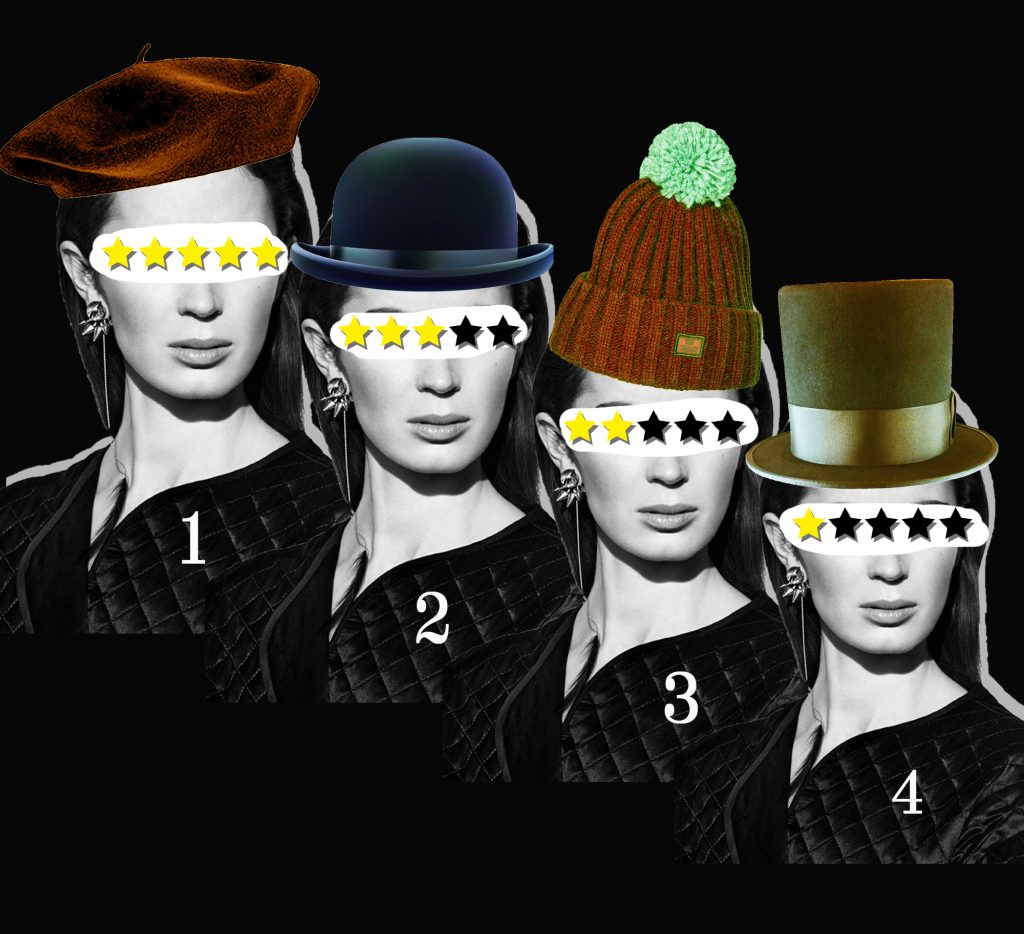
The same might still be said for well-written franchises. With cinema ticket prices rising, seeing a movie in the theater is now a carefully calculated plan. For some sequels, the question became is it worth it for the average person to spend $30 to see these characters recalled to life and plunged into this new adventure with even worse dangers and higher stakes?
According to professor Mark Allen Wilson, sequels often fall into this trap of constant creation bigger, badder villains and upping of the stakes. “The audience feels like they’re being manipulated,” he said. “I mean, the studios have to think of something, right?”
But do they really? It’s true that for franchises such as the Marvel Cinematic Universe, there always has been a larger underlying storyline holding the movies together. But for movies intended to be standalone blockbusters, there is usually nothing substantial to build on. The consequences of excessiveness show. For example, in the case of “Maleficent: Mistress of Evil,” the vengeful rage of Maleficent that the first movie took much pains to build up is diminished into the played-out, sexist trope of the “wicked female usurper whose power inherently challenges ye olde patriarchy.”
These kinds of sequels, in the end, don’t do much for the characters, the audience, or, as it turns out, the studios. So why can’t some movies afford to simply end, and some characters simply fade out of the screen along with the rolling credits? There is nothing to gain from dragging out the lives of these characters beyond their creative necessity. Instead, it only trivializes the significance of their character arcs and dampens the significance of their personalities.
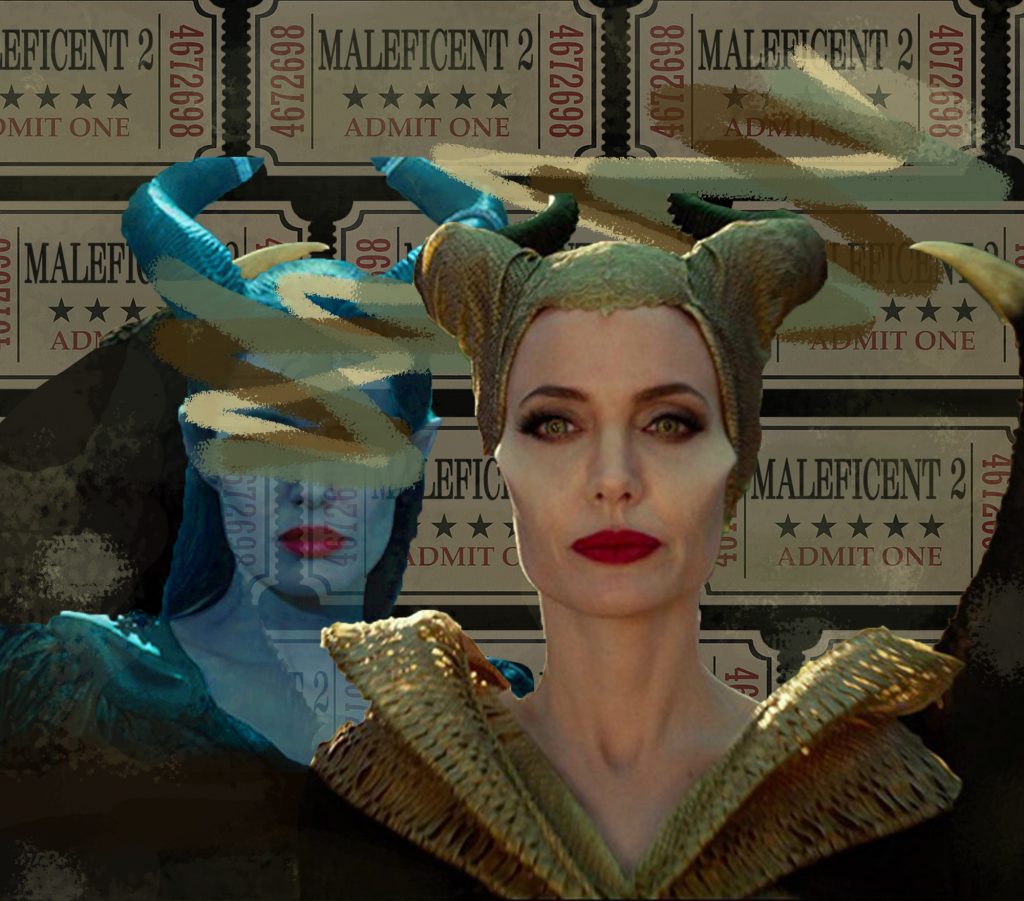
In the age of never-ending streams of information, the sheer amount of content that keeps crashing onto the scene is enough to freeze over the minds of the audience. In the midst of so many distractions, it seems like the movie industry feels obligated to retain certain characters in the public consciousness, for fear the flood of content could wash them away, for so often nowadays to stop existing is to never have existed at all. Every sequel promises epic continuance or thrilling discovery, and every sequel seems important and unmissable. The thing is, as Scott Mendelson wrote for Forbes, “when every franchise movie is special, none of them are.”
The future of franchises and, by extension, cinema, now seemingly rests on one question: will studios stop being so afraid of endings and give great characters the conclusions they deserve, or is easy money — dwindling by the year, at that — worth the end of endings and the corruption of characters?


























